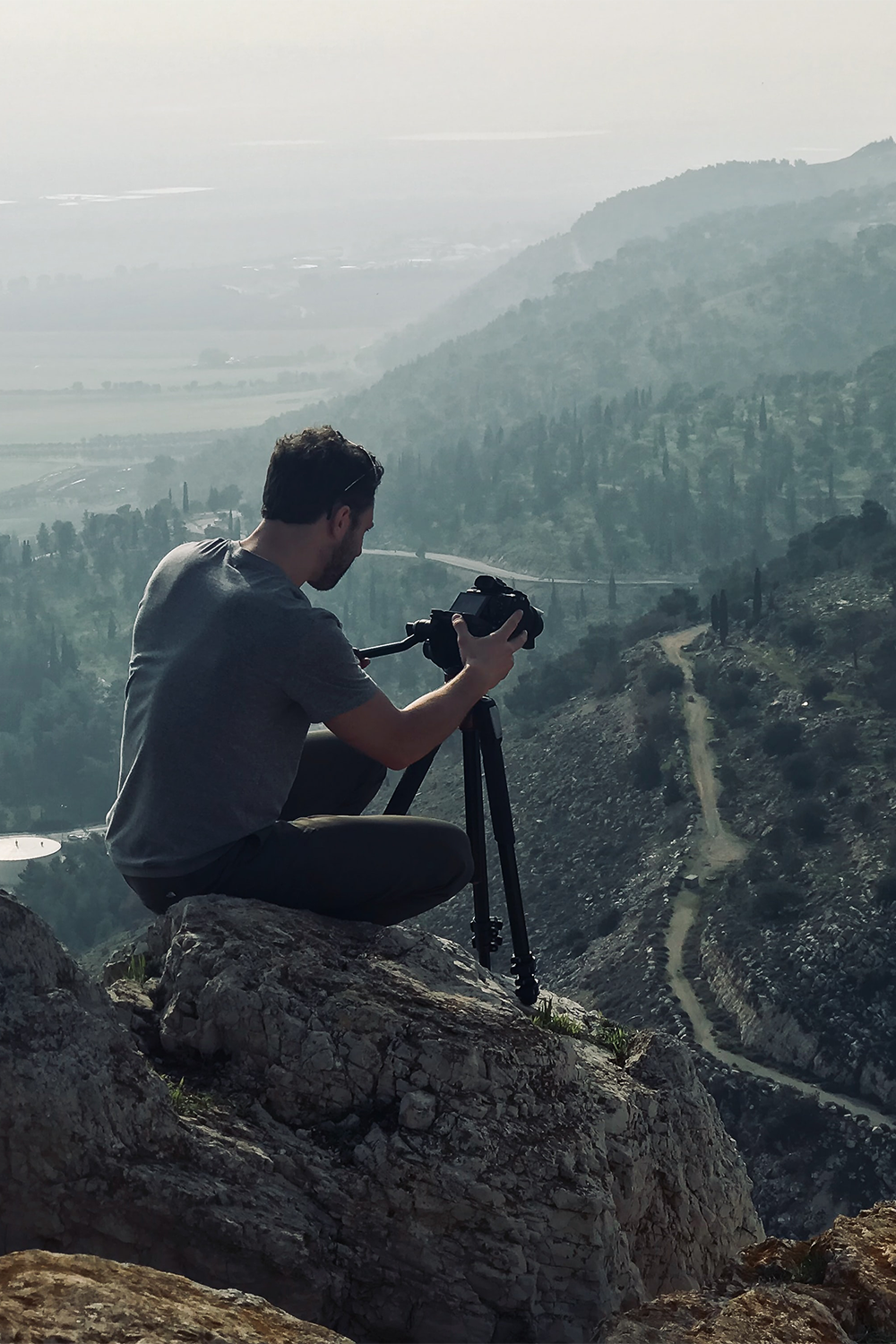Introduction to Picfair and Its Benefits

Picfair is a unique platform designed for photographers to showcase and sell their images online. Unlike other stock photography websites, Picfair allows photographers to set their own prices, maintaining control over their work and revenue. With a user-friendly interface, integrated marketing tools, and a supportive community, Picfair provides an excellent opportunity for both amateur and professional photographers to monetize their passion. The platform is free to join, requires no upfront fees, and offers a straightforward commission structure, making it an ideal choice for anyone looking to sell photos online.
Creating Your Picfair Account

To begin your journey with Picfair, follow these simple steps to create your account:
- Visit the Picfair website: Go to the official website at www.picfair.com.
- Click on ‘Sign Up’: Look for the ‘Sign Up’ button located at the top right corner of the homepage.
- Provide your details: Fill in the required fields, including your name, email address, and a secure password.
- Accept the terms: Review Picfair’s terms of service and privacy policy, and check the box to agree.
- Verify your email: After submitting your information, check your email for a verification message and click the link provided to confirm your account.
After completing these steps, you can start uploading your photos, setting prices, and making them available for purchase. Enjoy the process, and happy selling!
Exploring Picfair’s User Interface
Once you’ve signed up for Picfair, you’ll notice how user-friendly and intuitive the platform is. The dashboard is designed to guide you through the photo selling process seamlessly. Here’s a quick breakdown of the main sections you’ll encounter:
- Portfolio: This is where all your uploaded images will be displayed. You can manage, showcase, and categorize your photos here.
- Sales Overview: Keep track of your earnings and sales statistics. It’s updated in real-time so you can see what’s resonating with buyers.
- Upload Section: This is your starting point for adding new images to your portfolio. You’ll find easy-to-use tools for uploading and editing photo details here.
- Settings: Customize your profile, payment information, and more. You can manage your account to suit your preferences.
One of the standout features is the insightful analytics provided on your dashboard. You can see which photos are viewed the most, how many downloads they’ve had, and even the demographics of your buyers. This information can help you tailor your work to meet market demand.
Additionally, Picfair provides a search bar and filter options, allowing you to easily navigate through your collection or find specific features to enhance your profile. All of these elements combined make Picfair a fantastic platform for photographers to manage their work efficiently.
Uploading Your Photos to Picfair
Now that you’re familiar with Picfair’s user interface, let’s dive into the process of uploading your photos. This step is crucial because it’s where you showcase your best work to potential buyers!
The upload process is straightforward:
- Navigate to the Upload Section: From your dashboard, click on the ‘Upload’ button. You’ll be taken to a dedicated upload page.
- Select Your Images: Click on the “Choose Files” option to select photos from your computer. You can usually upload multiple images at once, which saves you time!
- Edit Photo Details: For each photo, you’ll have the option to add titles, descriptions, and tags. Make sure to be descriptive and use relevant keywords to help potential buyers find your images more easily.
- Set Pricing: Picfair allows you to set your own prices, which is a great feature. Consider market trends and what similar photos are selling for to determine a fair price.
- Review and Publish: Finally, review all your details before hitting the upload button. Once you’re satisfied, click ‘Publish’ to make your photos live on the platform!
As you upload, remember to keep your images high quality. Attention to detail can greatly enhance your chances of making sales. Happy uploading, and get ready for your photos to shine on Picfair!
Setting Prices and Managing Licenses for Your Photos
Once you’ve uploaded your stunning images to Picfair, the next crucial step is to set your prices and manage how your photographs can be used. This part is essential, as it directly affects your sales. Here’s how to navigate the pricing and licensing landscape on Picfair:
- Understand Picfair’s Pricing Structure: Picfair allows you to set your own prices, giving you the flexibility to choose what works best for you. However, they also provide suggested prices based on trends, which can help you gauge the market.
- Choose Your License: When you set your prices, consider which licenses you want to offer. Picfair provides several options such as Royalty-Free, Rights Managed, or even Custom licenses. Make sure you’re clear on how each license affects pricing and usage.
- Evaluate Your Market: Look at similar images on Picfair to see how they’re priced. Are your photos of comparable quality? Are you aiming for a specific audience? This insight will assist you in setting competitive yet fair prices.
Additionally, keeping track of how often your photos sell at various price points can guide you in future pricing strategies. Don’t hesitate to adjust your prices based on demand and feedback. Remember, your goal is not just to sell photos but to build a sustainable income through your creative work!
Marketing Your Picfair Portfolio
Creating a great portfolio on Picfair is just the beginning; now, it’s time to get those beautiful images noticed! Here are some effective strategies to market your Picfair portfolio:
- Utilize Social Media: Share your photos and links to your Picfair portfolio across various platforms like Instagram, Facebook, and Twitter. Use relevant hashtags to reach a broader audience. Consider creating behind-the-scenes stories about your photography process to engage viewers.
- Build a Website or Blog: Having your own space on the internet can significantly boost your visibility. Create a blog showcase where you can discuss photography tips, inspiration, or even your journey as a photographer. Link back to your Picfair portfolio!
- Engage with the Picfair Community: Participate in Picfair forums and community events. Sharing your expertise can establish you as a knowledgeable photographer and drive traffic to your portfolio.
- Leverage Email Marketing: If you have an existing list of potential customers or followers, send out newsletters featuring your latest works, upcoming projects, or any promotions. Include links to your samples on Picfair!
Lastly, network with other photographers and creatives. Collaborations can introduce your work to new audiences while establishing lasting connections. The more you engage and promote your portfolio, the greater the chances of translating your passion into profit!
Understanding Picfair’s Commission Structure
If you’re looking to monetize your photography on Picfair, it’s crucial to understand how their commission structure works. Picfair offers a straightforward and transparent fee system that allows you to keep a significant portion of your earnings while also providing some flexibility in pricing. Here’s a quick breakdown of how it operates:
- Base Price: When you upload a photo, you set the price for each image. This can be as low or as high as you want, giving you control over your potential earnings.
- Commission Rate: Picfair takes a commission only when a photo sells. The standard commission rate is 20%, meaning you’ll keep 80% of the sale price. This simple structure allows for easy calculations and understanding of your profits.
- Adjusting Prices: You can modify your pricing to match trends and demands in the market. Keep an eye on what similar images are priced at to remain competitive.
Additionally, Picfair doesn’t charge any listing fees or monthly subscriptions. This means you can upload as many photos as you want without the pressure of upfront costs. As you build your portfolio, remember to periodically review your pricing strategy to maximize your revenue.
Overall, understanding Picfair’s commission structure helps you make informed decisions about pricing and sales. Keep these points in mind as you dive deeper into selling your photography on this platform!
Tips for Increasing Sales on Picfair
Once you’ve set up your Picfair account and started uploading your photos, the next step is to focus on boosting your sales. Here are some effective tips to help you increase your visibility and attract more buyers:
- Optimize Your Metadata: Use relevant keywords in your photo titles and descriptions. This makes it easier for potential buyers to find your work through search functions.
- Quality over Quantity: While it’s great to have a large portfolio, focus on uploading high-quality images that showcase your style and expertise. Carefully select and edit your best work.
- Promote Your Work: Don’t just rely on Picfair’s traffic. Share your photos on social media platforms like Instagram, Facebook, and Pinterest. Engage with photography communities and forums as well.
- Participate in Challenges: Picfair often has contests or challenges. Taking part can boost your visibility and potentially earn you recognition in the community.
- Utilize Picfair’s Features: Explore Picfair’s tools for marketing your work. From customizable storefronts to promotional badges, these features can set you apart from others.
Finally, analyze your performance regularly. Keep track of which images are selling well and adjust your strategy accordingly. With dedication and smart tactics, you’ll be well on your way to increasing your sales on Picfair!
Common Challenges and How to Overcome Them
When embarking on your journey to sell photos on Picfair, it’s natural to encounter some challenges along the way. Here are a few common hurdles and how you can tackle them:
- Competition: With so many photographers on the platform, standing out can be daunting. To overcome this, focus on developing a unique style or niche. Consider researching what types of images sell best and tailor your portfolio accordingly.
- Pricing Your Work: Figuring out how to price your photos can be tricky. A good strategy is to analyze competitors’ prices for similar work and consider the values of your unique style, skills, and the quality of your images. Don’t hesitate to adjust your prices as you gain feedback and experience.
- Marketing Your Portfolio: Simply uploading photos isn’t enough. To reach potential buyers, you’ll need to be proactive in promoting your work. Use social media platforms effectively—share behind-the-scenes content, engage with followers, and link back to your Picfair portfolio. Consider creating a simple website to showcase your best work and direct traffic to your Picfair profile.
- Technical Issues: You might face challenges when uploading images or navigating the platform. Don’t hesitate to utilize Picfair’s support resources and community forums. Familiarizing yourself with the FAQ section can also save you time and frustration.
By recognizing these potential challenges ahead of time, you can develop strategies that will not only help you to overcome them but also enable you to thrive as a seller on Picfair.
Conclusion and Next Steps for Aspiring Photographers
Congratulations! You’re now informed about the process of signing up on Picfair and ready to start your photography venture. Here’s a quick summary of what to do next:
- Refine Your Portfolio: Spend some time curating a selection of your best work. Choose images that showcase your style and skills, and remember to upload high-quality files for the best results.
- Set Up Your Profile: Ensure your Picfair profile is completely filled out. A professional bio, a recognizable profile picture, and links to your social media can significantly enhance your credibility.
- Promote, Promote, Promote! Once your portfolio is set, get the word out! Share your Picfair link on your social media platforms and consider engaging with online photography communities.
- Stay Updated: Keep an eye on trends in photography and the market. Learning what types of images are in demand can give you a competitive edge.
- Network with Other Photographers: Join online groups or forums related to photography where you can share experiences, learn from others, and possibly collaborate.
This could be the beginning of a rewarding journey. Stay persistent, be open to learning, and most importantly, have fun capturing the world through your lens!


